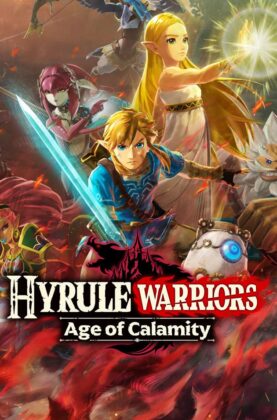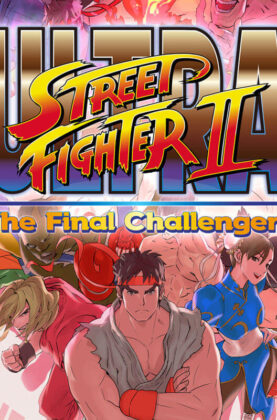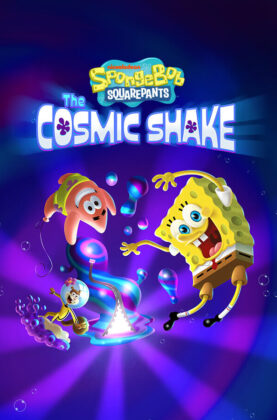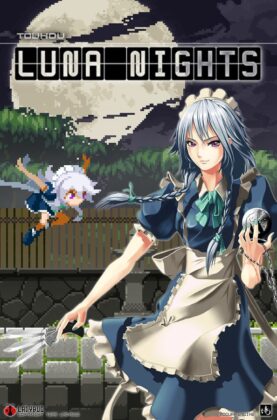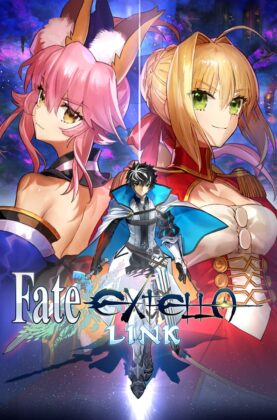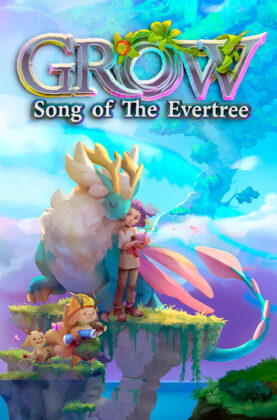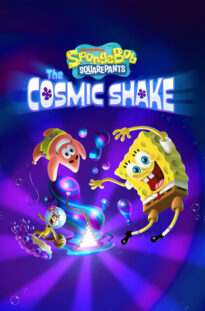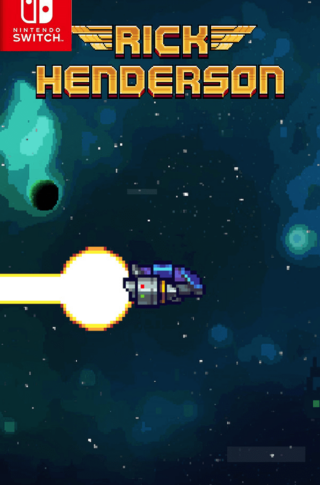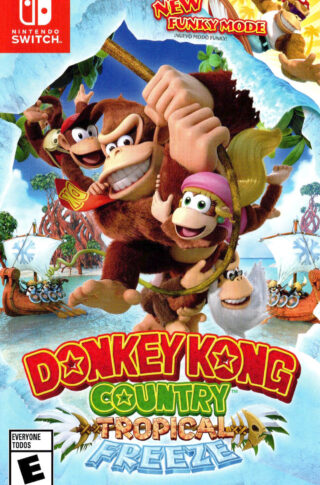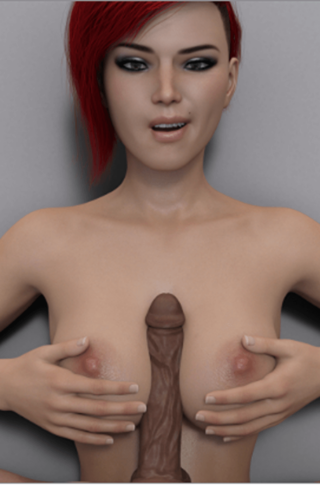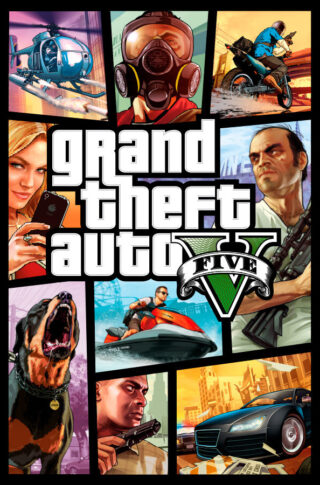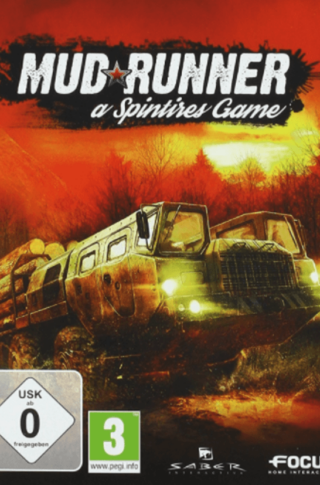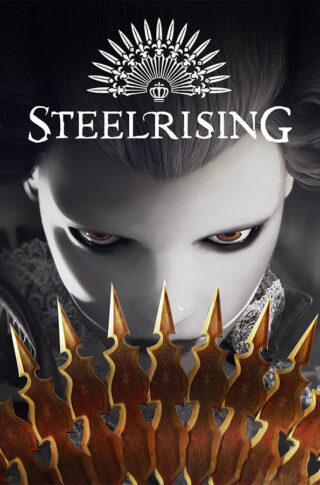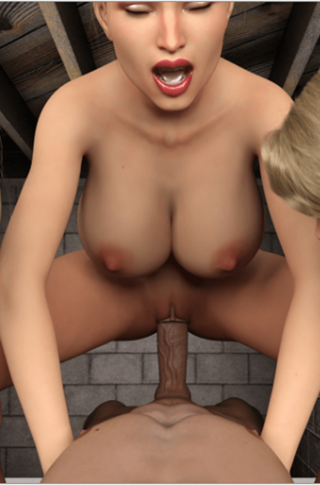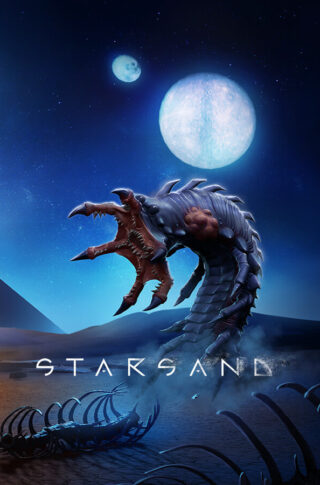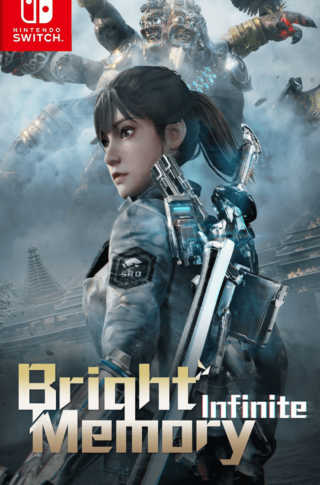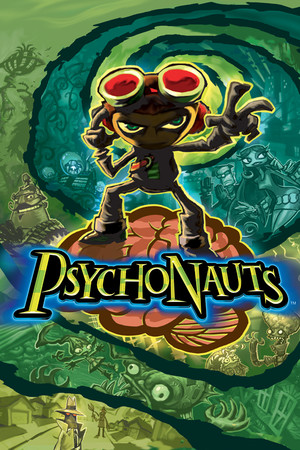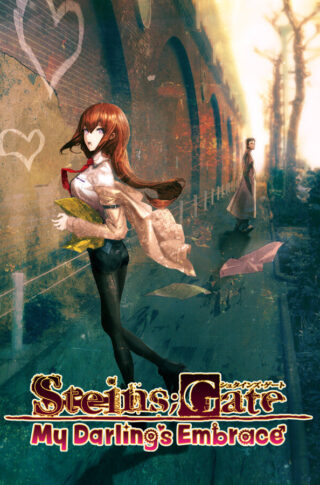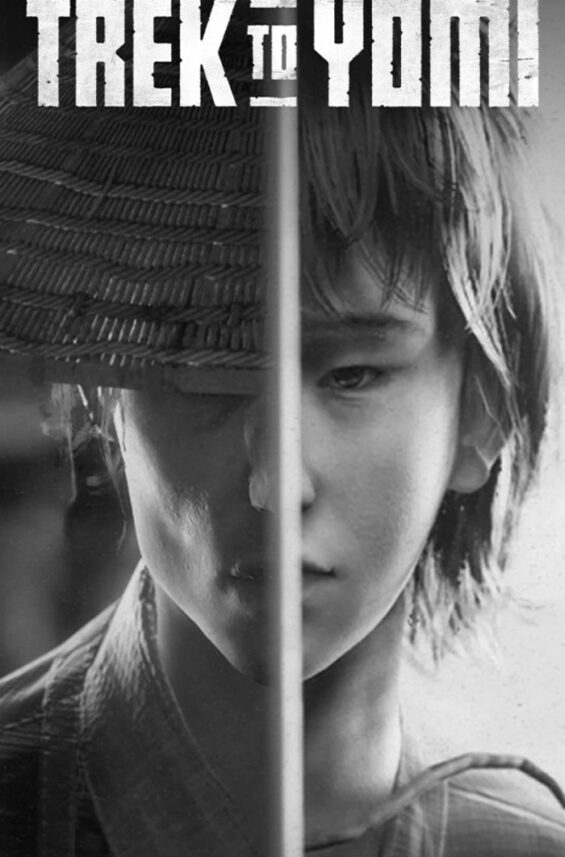
Trek to Yomi Switch NSP Free Download
Trek to Yomi Switch NSP Free Download Unfitgirl
Trek to Yomi Switch NSP Free Download Unfitgirl Trek to Yomi copies the style of Akira Kurosawa’s iconic black and white samurai films: rice fields blowing in the wind, villages burning, a great black swirling vortex in hell. Okay, so Trek to Yomi goes to some places Kurosawa’s films didn’t. But the path there is littered with glitches, and I only stuck it out through the finicky, floaty combat to see where my samurai’s descent into madness would lead him. After his town is ransacked by bandits, protagonist Hiroki must decide whether to remain bound to his duty, protect his loved ones, or seek revenge. It’s classic samurai stuff, but the story is well-told, as Hiroki faces his personal demons (also, literal demons) and I got to make decisions that influenced exactly how this samurai tragedy would end. All of the Japanese voice actors give raw performances, and Hiroki’s actor in particular manages to convey his downward spiral into anger and regret. I like Trek to Yomi’s supernatural elements, too. Hiroki straddles the line between life and death as he journeys through literal hell for the latter half of the game. It reminds me of the supernatural elements of Uncharted 1 and 2, monsters and ghostly apparitions catching me off guard in what I thought was a more grounded world. They add an intriguing mysticism without being overbearing. Unfortunately combat is weightless and repetitive, and most of the trek in Trek to Yomi is spent swinging a sword. I spent most of the game repeating the same combos, occasionally parrying enemy attacks to create openings. I had a limited supply of long-range weapons like shurikens and arrows and picked up some new sword skills along the way, like a flurry of quick strikes and a piercing thrust through armored enemies.Unfitgirl.COM SEXY GAMES
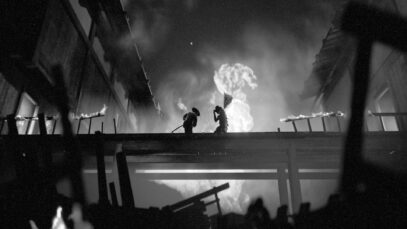
All of them ended up feeling irrelevant when the same parry and slash routines could kill essentially every normal enemy. I was constantly frustrated by how hard it was to tell when I’d parried an attack. The visual feedback is scant, and the vocal cue is so clipped that I could never consistently capitalize on the opening I’d made. Combat feels sloppy elsewhere too: sometimes I could see my sword slashes clearly connect with an enemy and get no reaction. Are they hiding their hitboxes inside their bodies, somehow? (If so that’s one samurai technique I never learned.) Even when I did land a clean hit I didn’t feel any sort of impact unless my opponent staggered back, which was consistently difficult to trigger. The controls and wooden animation just can’t live up to the fluidity of the film duels Trek to Yomi so badly wants to emulate. After dispatching an enemy I’d hit R to turn around and face the one behind me—and nothing would happen. I’d have to mash it multiple times to get Hiroki to register the action, and the seconds I wasted with my back turned caused me to lose HP and sometimes die. Dodging is inconsistent as well: Sometimes I’d be able to roll behind an enemy, while other times it’d be just like rolling right into a brick wall. Enemy variety isn’t Trek to Yomi’s strong suit, either. At first you’ll be fighting bandits, and then supernatural creatures and ghostly apparitions. These enemies use the same exact character models throughout the entire game. Bosses are a rare break from the monotony and were the only enemies that challenged me to do more than mash out the same combos. One boss had me constantly adjusting my positioning on the battlefield. If I stayed too close to one side of the stage, its wind attack could blow me off and it’d be an instant game over. Exploration mostly follows linear paths from story beat to story beat.
Trek to Yomi Stylish Combat.
At times easy puzzles stood in my way, but solving them was trivial because they all used the same design. Outside of combat a fixed camera with 3D movement lets you explore for collectibles and upgrades, such as stamina and health increases. Often you’ll come across two paths: one that advances the story, and another that leads to some sort of collectible or upgrade. The issue here is that sometimes it’s hard to tell which is which. Wanting to find as many upgrades as I could to make Hiroki better in combat, I’d choose one path and stick with it, hoping to find what I’m looking for. But if I chose the critical path I’d end up dropping down from a ledge that wouldn’t let me back up. Trek to Yomi is generous with save points before and after nearly every encounter, so restarting from a checkpoint is usually an easy option. But it’s strange and counterintuitive to have to savescum just to explore those alternate paths. I might have forgiven some of Yomi’s design misdemeanors were it not for the progress-blocking glitches. Sometimes I’d clip through the floor after jumping down from a ledge. Other times my character would vanish into the air after falling through a collapsing roof, nowhere to be found. I’d have to restart from a checkpoint to try again or close the game and relaunch it. A few times enemy encounters simply wouldn’t activate, and enemies that were supposed to spawn just didn’t—including the final boss. I had to relaunch the game every time I died and wanted to fight it again because otherwise, the arena would be empty. For all its visual grandeur, Trek to Yomi isn’t much fun. It tries to tell a story worthy of a samurai drama, but the combat never graduates from the boring part of a sword training montage: it’s just the same moves..Redout 2
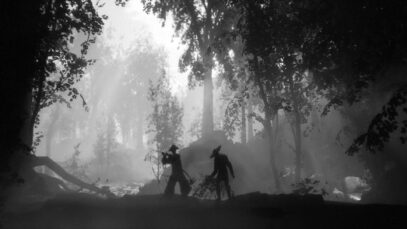
over and over again. If you’re a fan of classic samurai movies, there’s a lot to love about Trek to Yomi. It’s a katana-swiping side-scroller with a worthwhile story that does a magnificent job of distilling old school Japanese cinema into video game form. But while it never stopped blowing me away aesthetically, the things you’re actually doing in that beautiful world are less impressive, with overly simplistic combat and exploration that only begins to scratch its surface. Even so, Trek to Yomi’s stylish presentation makes up for many of its gameplay shortcomings, making this a memorable samurai tale I’m glad I played. Trek to Yomi’s dedication to black and white samurai movies from the 20th century is apparent in literally every moment of it, from the look of its boot-up logos and main menu all the way to the closing credits. That includes everything from the artificial sparkle dotting the screen that makes it look like it’s playing from an old film reel, to the pacing and line delivery during cutscenes, to the references to historically accurate traditions and religious practices that play a central role in the story. It’s actually hard to overstate just how great it feels to move about in such a meticulously detailed adaptation of a film style I’ve always adored, and that movie magic is the best thing Trek to Yomi has to offer without a doubt. The story itself is your standard revenge quest featuring a stoic protagonist struggling to choose between his duty and his personal desires, complete with the good ol’ traumatic childhood massacre serving as its first chapter. It’s a cliche, to be sure, and if you’ve watched almost any vintage samurai movie then you’ll be able to see a lot of its events coming from a mile away. But with all the other ways Trek to Yomi pays homage to the classics that inspired it, an overly conventional story doesn’t end up being such a bad thing.
Mythic Storytelling.
Sometimes tropes become tropes for a good reason, and this familiar tale was like stepping into a warm bath filled with my favorite, samurai-scented candles. It isn’t entirely without its own twists and turns either, and on at least one occasion it did something I hadn’t anticipated – moments that went a long way toward redeeming the otherwise predictable plot. You’ll spend most of this adventure ronin around and slicing your way through beautiful backdrops with a combat system that’s satisfying despite not having much to it. You’ve got light attacks, heavy attacks, a parry, and a few ranged weapons thrown in for good measure, but that’s about as deep as Trek to Yomi ever goes. Every now and again you’ll unlock a new attack combo or meet a new enemy type that requires you to mix up your strategy ever so slightly, but after less than an hour I had mastered most of the skills I needed to blow through armies of bandits and spectral samurai with unbridled ease. This was especially true once I unlocked the ability to easily stun enemies and finish them off with a bloody animation that also heals you, which you can use to bail yourself out of nearly every encounter the campaign throws at you. It’s not that combat is ever bad, it’s just extremely simplistic and doesn’t evolve enough as you progress to keep things feeling fresh. It’s also very familiar to many other 2D action games, with no real hook or new idea to set itself apart from anything I haven’t already seen elsewhere. Most of the time, I found myself just enjoying the awesome sights and sounds while I barrelled through every enemy in my way (even on the hardest difficulty, mind you)..Superfuse

It’s a good thing that the whole adventure only lasts six hours, because combat gets old in less than half that time, so at least it didn’t have much chance to overstay its welcome in a way that got frustrating. Boss fights are an exception to the breezy combat though, as they usually introduce an enemy that can’t simply be decapitated in an instant. These spongey champions must be studied so you can devise a strategy for surviving their attacks and carefully counter them. Bosses accounted for the vast majority of my deaths throughout my playthroughs, since they’re one of the only parts that forced me to mix up my strategies. Even when I was getting slapped around helplessly, it was a blast figuring out how to best these dastardly warriors, but they’re so few and far between that they just made me wish more of the combat presented a similar challenge. Trek to Yomi also dabbles in some light exploration and even a side quest or puzzle now and again, though it’s all extremely shallow stuff. Exploration usually amounts to a few samey optional rooms with a hidden collectible or an alternate path to get wherever you’re headed – sometimes you’ll even find a way to avoid a combat sequence altogether by triggering a neat environmental kill, such as dropping logs on some fools like a vengeful Ewok. It’s just too bad these ideas weren’t taken a little further as it’s currently all incredibly straightforward and opportunities for environmental kills almost never come up. Similarly, side quests usually amount to an optional area where you can slay a few extra baddies and grab some easy loot from a grateful survivor, while puzzles are little more than mind-numbingly easy chores like pushing an object or matching some symbols. As a result, these diversions all just feel like filler.Years in the making,
Thrilling Soundtrack.
Trek to Yomi is the vision of indie developer Leonard Menchiari, backed by Polish studio Flying Wild Hog and publisher Devolver Digital. Essentially a side-on slash ’em up, its hook is its spectacular aesthetic: feudal Japan and the samurai code recreated through cinematic camerawork in striking black and white. An homage to vintage Japanese films – most notably those of Akira Kurosawa – Trek to Yomi is a samurai story of revenge and redemption. It dives into the Shinto underworld of Yomi carrying some moral question marks to add a bit of intrigue. The mood is set in an opening tutorial scene that sees protagonist Hiroki learning sword skills from his master. Suddenly, the master is called away on some serious business and Hiroki sets off in pursuit. What follows is a gorgeous, sweeping run of the camera through Hiroki’s village. Controlling in 3D, as you descend the towering steps from the dojo and follow the road directly down towards to bottom of the screen, the camera dollies backwards along the bustling main street of the village. Our hero is joined in this scene by his master’s daughter Aiko, hurrying alongside him and daintily rattling down the steps in her geta and kimono as they exchange lines across bartering tradesmen and bickering locals. Light dapples through trees and banners flap in the breeze, lending an impressive reality to the world. We don’t use the word “cinematic” lightly here: the grandeur of this shot is utterly compelling. Given the importance of the visuals in Trek to Yomi, however, the game does struggle on Nintendo’s rather mature portable system. There is light shimmering through the trees, but there is also an odd, accidental shimmer to the graphics as you run through this early shot, which stops when you stop moving.
It breaks the illusion, unfortunately. Typical of many Switch ports in Unreal Engine, shadows are low-res and muddy. Dappled light through leaves sort of works, but it falls apart as more solid objects cast shapes on the scenery. Moving parts of scenes are also sparser than in other versions. While we’ve focused on the opening shot here, it’s representative of the whole game – the visuals are critical to Trek to Yomi’s appeal, and they’re hampered on Switch to the extent that our imagination was pulled out of the game world, the often excellent mise en scène was obscured, and playability dropped while trying to control a tiny figure in a patch of darkness. And when it comes to control, the gameplay is quite monotonous. The game is paced as if each fight is a cautious psychological showdown, but Hiroki’s attacks are no more subtle than a classic arcade brawler. The meat of any battle is dodging, parrying, and countering, but it’s usually as simple as waiting for a loudly cued attack, blocking, then executing a lethal slash or stab. The game defaults to the easiest difficulty, where at least fights need rarely be replayed. On harder settings, it stretched our patience. At just a handful of hours, Trek to Yomi sadly still manages to outstay its welcome. It asks its visuals to carry the gameplay, but their novelty wears off before the final act. This is particularly true on Switch, where dropped resolution and simplified scenery steal some of the magic and ugly character close-ups blemish the overall aesthetic. As imaginatively as Yomi is realised, the game still feels like a trek. Even in the prologue, Trek to Yomi features more samurai cliches than you can chuck a katana at.
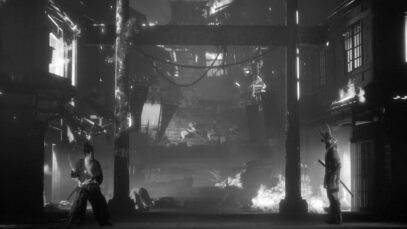
Three subsequent levels of joyless brutality made me believe that this was going to be an exercise in gratuitous gore. Yet after a lot of monochromatic murder and speeches about duty, honour and bloodshed, it slowly morphs into something more compelling (though also hardly under-explored in Japanese cinema): a meditation on the inherent selfishness of vengeance. Sporting a try-hard, Kurosawa-inspired black and white aesthetic – complete with filmic grain – this game’s influences are not so much worn on its sleeve as embroidered into the entire kimono. Still, credit where credit’s due – solid Japanese voice talent helps this Polish/American collab feel more authentic. Trek to Yomi inevitably lives in the shadow of 2020’s Ghost of Tsushima, US studio Sucker Punch’s similarly reverent tribute to samurai cinema. Where Ghost breaks up the bloodshed with jovial jaunts chasing foxes across its open world or solving people’s problems, Yomi is a slash-happy side-scroller that doubles down on brutality, channelling the manga series Lone Wolf and Cub’s sadistic spirit. A disarmingly gentle introduction has you sprinting through a bustling feudal-era town, overhearing the grumbling townsfolk. Predictably, the peace doesn’t last. Protagonist Hiroki’s katana spills its first drop of blood around the 20-minute mark, and your blade’s thirst never seems to be quenched. Swordplay is more tactical and involved than it looks, letting you control the direction of slashes, combining parries with stance changes and light and heavy attacks. From testing your mettle against heavily armoured behemoths, to dispatching merceries under a hail of arrows, there’s just enough variety in duels to keep you slashing away and unlocking new blade skills to up the body count.Hero Siege
Add-ons (DLC): Trek to Yomi Switch NSP
| NSP Format | Beta Testing | The Devolver Digital Collection | – | – | – |
| – | – | – | – | – | – |
| – | – | – | – | – | – |
| – | – | – | – | – | – |
OS: Windows 7
Processor: Intel Core i5-8250U / AMD Phenom II X4 965
Memory: 8 GB RAM
Graphics: GeForce MX150 (2048 VRAM) / Radeon R7 260X (2048 VRAM)
Storage: 11 GB available space
Requires a 64-bit processor and operating system
OS: –
Processor: –
Memory: –
Graphics: –
DirectX: –
Storage: –
Sound Card: –
Additional Notes: –
NOTE: THESE STEPS MAY VARY FROM GAME TO GAME AND DO NOT APPLY TO ALL GAMES
- Open the Start menu (Windows ‘flag’ button) in the bottom left corner of the screen.
- At the bottom of the Start menu, type Folder Options into the Search box, then press the Enter key.
- Click on the View tab at the top of the Folder Options window and check the option to Show hidden files and folders (in Windows 11, this option is called Show hidden files, folders, and drives).
- Click Apply then OK.
- Return to the Start menu and select Computer, then double click Local Disk (C:), and then open the Program Files folder. On some systems, this folder is called ‘Program Files(x86)’.
- In the Program Files folder, find and open the folder for your game.
- In the game’s folder, locate the executable (.exe) file for the game–this is a faded icon with the game’s title.
- Right-click on this file, select Properties, and then click the Compatibility tab at the top of the Properties window.
- Check the Run this program as an administrator box in the Privilege Level section. Click Apply then OK.
- Once complete, try opening the game again
NOTE: PLEASE DOWNLOAD THE LATEST VERSION OF YUZU EMULATOR FROM SOME GAMES YOU MAY NEED RYUJINX EMULATOR
- First you will need YUZU Emulator. Download it from either Unfitgirl, .. Open it in WinRar, 7ZIP idk and then move the contents in a folder and open the yuzu.exe.
- There click Emulation -> Configure -> System -> Profile Then press on Add and make a new profile, then close yuzu
Inside of yuzu click File -> Open yuzu folder. This will open the yuzu configuration folder inside of explorer. - Create a folder called “keys” and copy the key you got from here and paste it in the folder.
- For settings open yuzu up Emulation -> Configure -> Graphics, Select OpenGL and set it to Vulkan or OpenGL. (Vulkan seems to be a bit bad atm) Then go to Controls and press Single Player and set it to custom
- Then Press Configure and set Player 1 to Pro Controller if you have a controller/keyboard and to Joycons if Joycons. Press Configure and press the exact buttons on your controller After you’re done press Okay and continue to the next step.
- Download any ROM you want from Unfitgirl, .. After you got your File (can be .xci or .nsp) create a folder somewhere on your PC and in that folder create another folder for your game.
- After that double-click into yuzu and select the folder you put your game folder in.
- Lastly double click on the game and enjoy it.



